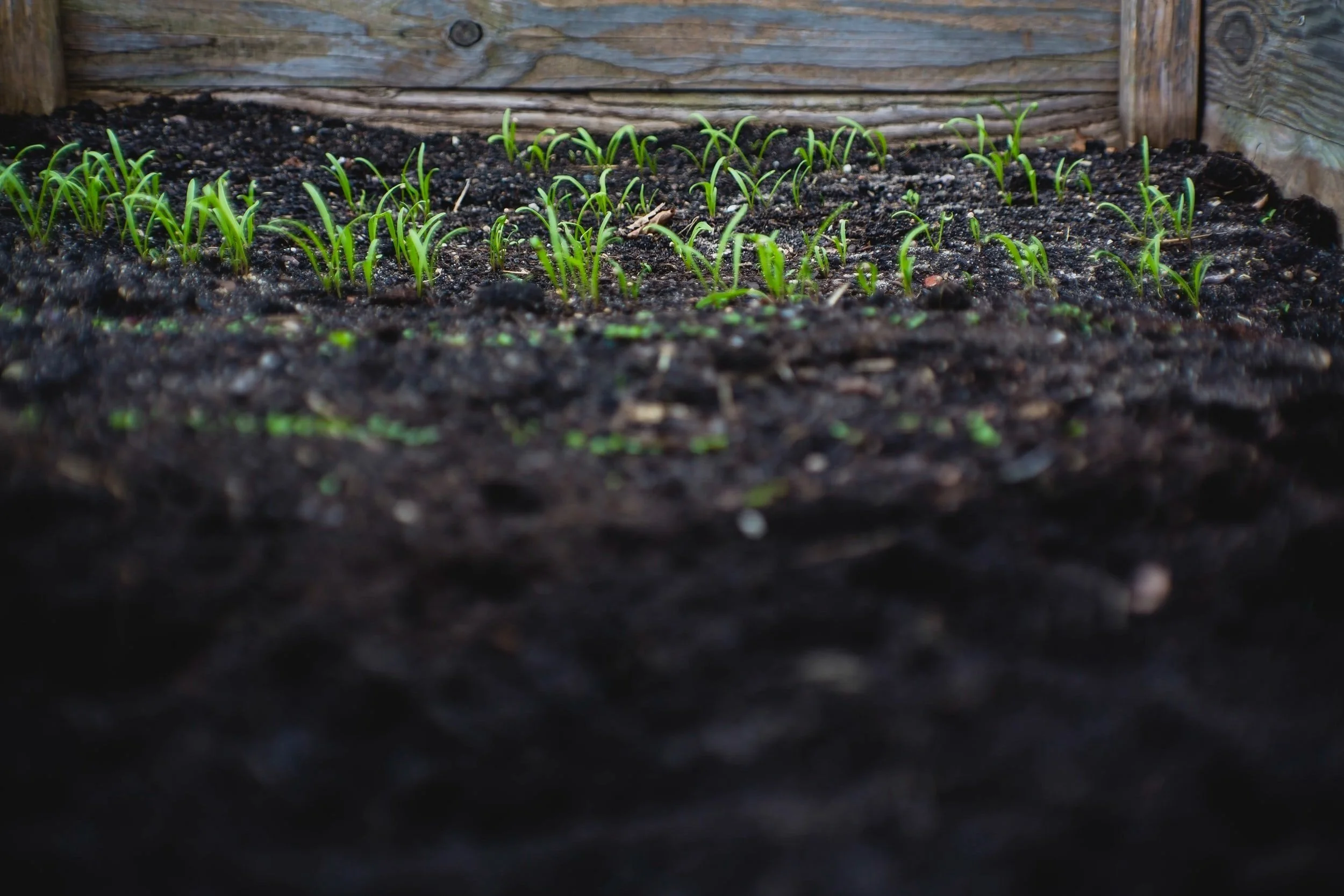By: Gabby Mason
In the current age of agriculture, soil tilling has a number of applications in the farming industry.[i] Despite its widespread use, some still do not know about soil tilling or its implications. The tilling process involves churning soil before new plants are placed into the ground.[ii] Other substances, such as crop residue, can be worked into fields and blended with this churned soil to promote growth by aerating and warming the soil.[iii] Tilling may sound like a beneficial and natural process for the land, but in actuality, tilling often does more harm than good.[iv]
We lose billions of tons of fertile soil each year.[v] Losing such a large amount of soil year after year makes it imperative for farmers to find practices that restore or reduce the harm done to soil fertility.[vi] One of the biggest harms to soil fertility is soil tilling.[vii] To combat this harm, the process of no-till farming has been brought into the forefront of the soil conversation.[viii]
No-till farming is not a new concept. In fact, it has been used since before Europe’s Agricultural Revolution.[ix] The tilling method was discovered to aid farmers in planting seeds at a more efficient pace than before, but this new method contributed to the degradation of soil quality.[x] Furthermore, tilling completely breaks down soil structure which fosters an increase in water runoff.[xi] The remaining soil is then susceptible to erosion.[xii]
Think of soil like a towel. When left undisturbed, like a dry towel, soil is able to readily absorb water and nutrients due to its intricate structure and varying soil particles.[xiii] On the other hand, tilled soil is like an already wet towel. When tilled, soil is less able to absorb the same nutrients and water amounts due to its altered state.[xiv]
Before anyone dismisses tilling as a farmer’s problem, it is important to understand that tilling affects much more than just soil.[xv] Frequent tilling can have a widespread effect on surface water quality.[xvi] Nitrates and phosphates, two minerals often found in soil, are water pollutants.[xvii] When these minerals reach surface water in high quantities, it can result in an “increased production of algae and aquatic plants, the depletion of fish species, a general decline of water quality, and other effects.”[xviii] This change in ecosystem is called eutrophication.[xix] Eutrophication is an extremely serious environmental problem because it results in a decline in water quality.[xx] “Eutrophication affects 48% of North American lakes.”[xxi] Although tilling has done great damage to water ecosystems, tilling remains a threat to many other parts of the environment.[xxii]
Frequent tilling over multiple growing seasons has a disastrous impact on farmland.[xxiii] When tilling is used for a prolonged amount of time, “a total breakdown of soil structure” and soil degradation is expected.[xxiv] Hardpans tend to develop on land where tilling has been used for a period of years.[xxv]
The benefits of soil tilling are truly not worth the cost. Fortunately, there are possible solutions to the damage soil tilling has already inflicted.[xxvi] If the government intervened and enforced reasonable controls on tilling land, it would greatly help stall or even reverse the negative effects of soil tilling.[xxvii] More trees could help soil that has been damaged by tilling.[xxviii] Tree covers make erosion much harder.[xxix] One of the easiest solutions could be to leave the land alone and stop tilling altogether.[xxx] However, it can take years for centimeters of topsoil to be created.[xxxi] All of these possible solutions should be closely examined and possibly combined to mitigate any soil degradation from tilling.
[i] Mahdi Al-Kaisi, Mark Hanna & Michael Tidman, Frequent tillage and its impact on soil quality, Ia. St. Univ. Extension and Outreach, https://crops.extension.iastate.edu/encyclopedia/frequent-tillage-and-its-impact-soil-quality (last visited Feb. 16, 2022) [https://perma.cc/DCQ8-PQEZ].
[ii] Stefanie Spears, What is No-Till Farming?, Regeneration Int’l (Jun. 24, 2018), https://regenerationinternational.org/2018/06/24/no-till-farming/ [https://perma.cc/DSA4-BSM7].
[iii] Id.
[iv] Id.
[v] Id.
[vi] Richard Gray, Why soil is disappearing from farms, BBC, https://www.bbc.com/future/bespoke/follow-the-food/why-soil-is-disappearing-from-farms/ (last visited Apr. 15, 2022) [https://perma.cc/2KVA-74GP].
[vii] Al-Kaisi, supra note i.
[viii] No till farming – Pros and Con, AgronoMag, https://agronomag.com/no-till-farming-pros-cons/ (last visited Apr. 15, 2022) [https://perma.cc/H3KQ-AMQT].
[ix] Spears, supra note ii.
[x] Id.
[xi] Joe Franklin, To Till, or Not to Till? That is the Question Every Gardener Asks, The Impatient Farmer (Feb. 9, 2022), https://theimpatientfarmer.com/is-tilling-bad-for-soil/ [https://perma.cc/9CKF-ZTJN].
[xii] The Effects of Tilling on Soil, FDCE Conservation and Bioenergy (Apr. 10, 2020), https://fdcenterprises.com/the-effects-of-tilling-on-soil/ [https://perma.cc/XT56-NBKV].
[xiii] Spears, supra note ii.
[xiv] Id.
[xv] Franklin, supra note xi.
[xvi] Id.
[xvii] FDCE Conservation and Bioenergy, supra note xii.
[xviii] Nat’l Ocean Serv., What is eutrophication?, https://oceanservice.noaa.gov/facts/eutrophication.html (last visited Apr. 15, 2022) [https://perma.cc/9WLA-LPJM].
[xix] Id.
[xx] Michael Chislock et al., Eutrophication: Causes, Consequences, and Controls in Aquatic Ecosystems, Nature Educ. Knowledge (2013), https://www.nature.com/scitable/knowledge/library/eutrophication-causes-consequences-and-controls-in-aquatic-102364466/ [https://perma.cc/7ABC-AH4V].
[xxi] World Atlas, What Is Eutrophication?, https://www.worldatlas.com/articles/what-is-eutrophication.html (last visited Apr. 15, 2022) [https://perma.cc/Q5NV-A6LW].
[xxii] See Spears, supra note ii.
[xxiii] Al-Kaisi, supra note i.
[xxiv] Id.
[xxv] Id.
[xxvi] Lucy Purdy, 5 Possible Solutions to Soil Degradation, Positive.News (Feb. 26, 2018), https://www.positive.news/environment/soil-degradation-five-possible-solutions/ [https://perma.cc/KNB2-RP8B].
[xxvii] Id.
[xxviii] Id.
[xxix] Id.
[xxx] Id.
[xxxi] Id.



